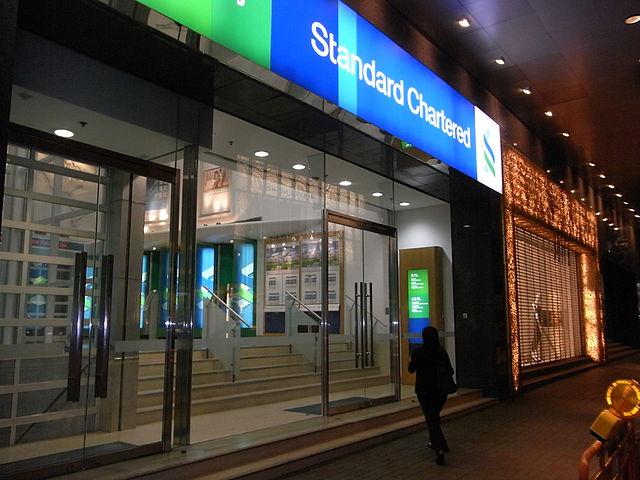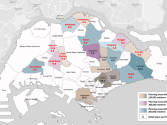
Standard Chartered's capital progression to ease off in 2H
Even if it's solid so far.
It has been noted that Standard Chartered's capital progression is strong, but that it is likely to slow in 2H.
According to a research note from Barclays, with balance sheet quality a primary area of focus, the 80bp HoH improvement in the CET1 ratio to 11.5% was a positive surprise and puts the company in a significantly stronger
position than we had anticipated.
Retained earnings delivered 30bp of the improvement, helped by the 50% dividend cut, with 50bp coming from a $16bn reduction in RWAs. Retained earnings are likely to be weaker in the second half of the year, not only because of the usual seasonality in the Corporate & Institutional Clients division, but also as the UK bank levy is charged in the fourth quarter and the full-year dividend is usually around twice the interim amount.
he pace of RWA decline may not be repeatable either as around half of the improvement came from disposals, and FX moves, which may not repeat, and provisions and mark to market adjustments were a small net positive, leaving 40% of the improvement from asset reductions with the pace likely to be sustained.
Here's more from Barclays:
As a result, we expect a 40bp HoH increase in Standard Chartered’s CET1 ratio to 11.9% by the end of the
year.
What’s the right level of capital? “… absolutely and relatively strong”: The 1H15 improvement already puts Standard Chartered at the midpoint of its previous 11- 12% CET1 ratio target. However, we doubt that this is the end point.
Management is not ready to give an updated view on what an appropriate capital ratio might be for Standard Chartered going forward as this will at least partly be determined by the shape of the business, which has yet to be decided.
However, it wants to “remain absolutely and relatively strong through economic cycles and the inevitable macro shocks, either from our markets or arising globally, and absorb the impacts from increases in conduct costs”.
Although the company cautions on being too simplistic in comparing with peers given differences in regulatory definitions and business mix, the current capital position of European and Asian banks seems to suggest that something above 12% would be appropriate, particularly with other UK banks targeting a 12% or 13% minimum.
“If we decide we need capital for the long-term benefit of the Group, we will raise capital. If we decide we don’t need it, we won’t.” As well as being absolutely and relatively strong on capital, the company also highlights a number of other issues that will inform its thinking on the appropriate level of capital for Standard Chartered.
This includes the output of the strategic review, which is likely to change the size and shape of the business, the UK stress test which includes a focus on emerging markets exposure this year, the ability to comfortably deal with macro shocks and ongoing industry wide conduct costs.























 Advertise
Advertise










